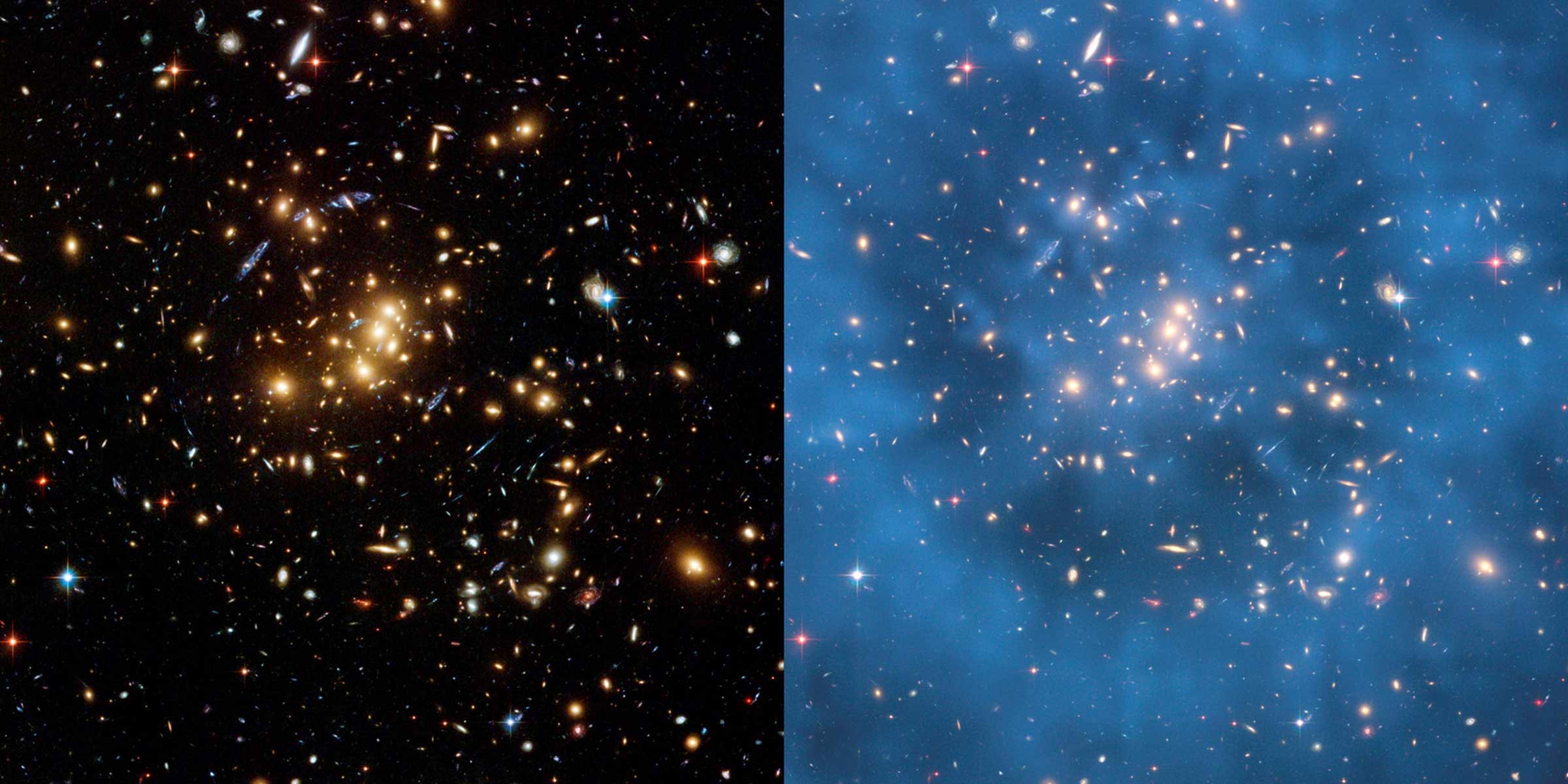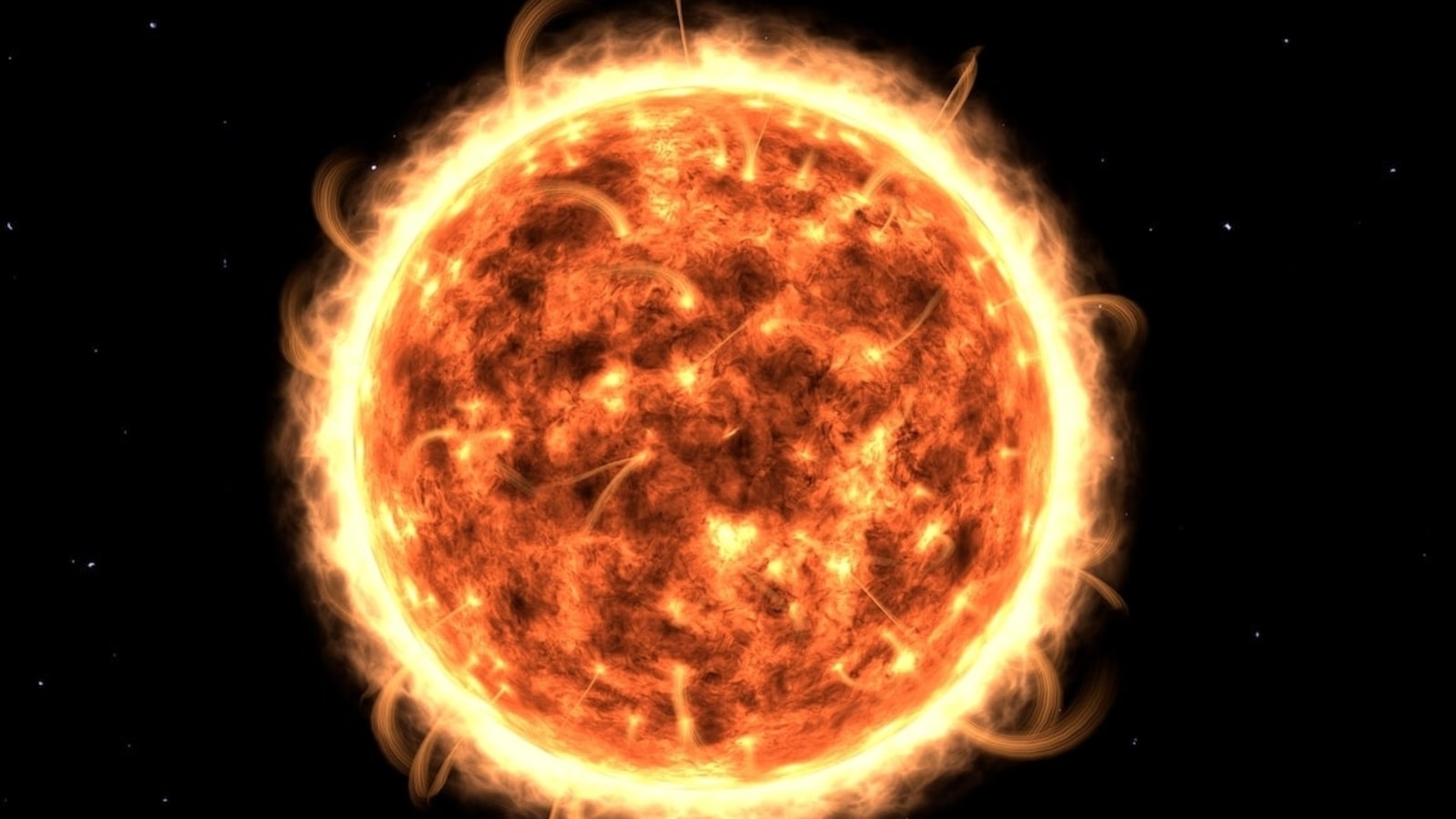A solar storm is heading toward Earth today, and the National Weather Service’s Space Weather Prediction Center (SWPC) has issued a geomagnetic storm warning for today, September 3, 2023. On this day, Earth may experience a G1-level geomagnetic storm, milder on a scale of 1- 5. While this geomagnetic storm could cause some aurora displays and minor disruptions to electrical grids, navigation and communications systems, it is not expected to be an extreme event, according to spaceweather.com
Current geomagnetic activity
SWPC reports that a G1 geomagnetic storm began on September 2 when Earth was hit by a high-speed solar wind stream that the Sun generates when it releases massive amounts of energy into space. Notably, this solar storm is different from the two coronal mass ejections (CMEs) heading toward Earth. The first CME left the Sun on August 30, and the second was launched on September 1. The arrival of this coronal ejection on September 3 could extend the ongoing storm and possibly raise it to a G2-level geomagnetic storm.
What are coronal mass ejections (CMEs)?
Coronal mass ejections, or CMEs, are massive releases of plasma and magnetic fields from the Sun’s corona. They can expel billions of tons of material and carry a combined magnetic field stronger than the interplanetary magnetic field of the solar background wind (IMF). CMEs travel at varying speeds, with some reaching Earth in as little as 15 to 18 hours, while others take days. As they move away from the Sun, large coronal ejections increase in size, with larger masses covering a large portion of the space between Earth and the Sun when they arrive.
Impact of geomagnetic storms
When a CME interacts with the Earth’s magnetosphere, its effect depends on the energy level and contact angle. Geomagnetic storms have the potential to disrupt electronics, electrical systems, and communications of spacecraft. They can also produce stunning aurora displays in the night sky.
In the case of a G1 geomagnetic storm today, slight fluctuations in the power grid may occur, especially in northern latitudes. Satellite operations may experience minor disturbances, and aurora displays may extend further south than usual, potentially reaching northern Michigan and Maine. If the geomagnetic storm intensifies, the aurora could become more vibrant and extend southward.
While this storm is being closely monitored, it is important to note that it is expected to be relatively mild, with minimal impacts to daily life and technology.

“Explorer. Unapologetic entrepreneur. Alcohol fanatic. Certified writer. Wannabe tv evangelist. Twitter fanatic. Student. Web scholar. Travel buff.”






More Stories
Converting invisible dark matter into visible light
NASA demonstrates how SpaceX refuels spacecraft in low Earth orbit
What would happen if the moon disappeared?